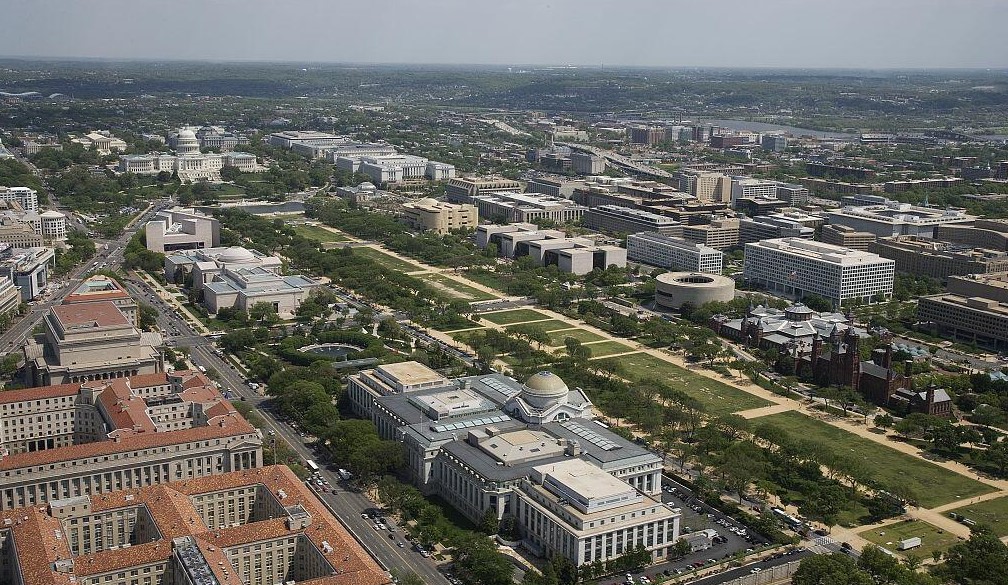by Pete McGinnis, Activist Post:

Welcome to the Censorship Industrial Complex. It’s rather like the old “military industrial complex,” which was shorthand for the military, private companies, and academia working together to achieve U.S. battlefield dominance, with the R&D funded by the government that buys the final product.
But the censorship industrial complex builds algorithms, not bombers. The players aren’t Raytheon and Boeing, but social media companies, tech startups, and universities and their institutes. The foes to be dominated are American citizens whose opinions diverge from government narratives on issues ranging from COVID-19 responses to electoral fraud to transgenderism.
TRUTH LIVES on at https://sgtreport.tv/
When first exposed a few months ago, many of the actors and their media defenders perversely claimed that they, as private entities, were acting out of concern for “democracy” and exercising their own First Amendment rights.
However, the records and correspondence of an advisory committee to an obscure government agency tell a different story. The Functional Government Initiative (FGI) has obtained through a public records request documents of the Cybersecurity Advisory Committee of the U.S. Cybersecurity & Infrastructure Security Agency (CISA). The committee was composed of academics and tech company officials working with government personnel in a much closer relationship than either they or the media want to admit. Several advisory committee members who appear throughout the documents as quasi-federal actors are among those loudly protesting that they were private actors when censoring lawful American speech (e.g., Kate Starbird, Vijaya Gadde, Alex Stamos).
But the advisory committee members met often and worked so closely with their government handlers that the federal liaison to the committee regularly offered members his personal cell phone and even reminded them to use the committee’s Slack channel. Your average concerned citizen doesn’t have a Homeland Security bureaucrat on speed dial.
What were they working on? CISA’s “Mis-, Dis-, and Mal-information” (MDM) subcommittee discussed Orwellian “social listening” and “monitoring,” and considered the government’s best censorship “success metrics.” Who was to be censored? CISA was formed in response to misinformation campaigns from foreign actors, but it evolved toward domestic “threats.” Meeting notes record that Suzanne Spaulding of the Center for Strategic and International Studies said they shouldn’t “solely focus on addressing foreign threats … [but] to emphasize that domestic threats remain and while attribution is sometimes unclear, CISA should be sensitive to domestic distinctions, but cannot focus too heavily on such limitations.” So CISA should combat “high-volume disinformation purveyors before the purveyor is attributed to a domestic or foreign threat” and not worry so much about First Amendment niceties.
More telling is the group’s attitude toward what it called “mal-information” – typically information that is true, but contrary to the preferred narratives of the censor. Dr. Starbird wrote in an email, “Unfortunately current public discourse (in part a result of information operations) seems to accept malinformation as ‘speech’ and within democratic norms …” Therein lies a dilemma for the censors, as Starbird wrote: “So, do we bend into a pretzel to counter bad faith efforts to undermine CISA’s mission? Or do we put down roots and own the ground that says this tactic is part of the suite of techniques used to undermine democracy?”
It is chilling that there is no consideration of whether the information is true or of the public’s right to know it. “Democracy” in this formulation is whatever maintains the government’s narrative.



